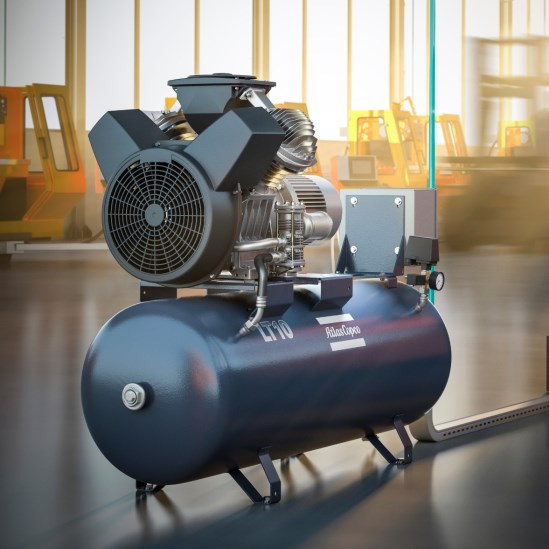
All the Factors That Influence an Air Compressor’s Energy Efficiency
Air compressors are used in various industries for a variety of purposes. They are an incredibly useful piece of equipment that can be used power air tools and a range of other attachments, saving you time and effort. However, their operation requires probably far more energy than any other piece of equipment that you have.
The secret to optimal air compressor efficiency, according to compressors Australia experts, is to choose the right type of compressor for the task and maintain the integrity of your entire pneumatic system. To choose the right model, compressors Australia experts recommend to analyze what you’ll need the air compressor for and what tools you’ll use with it. Knowing these things will help you narrow down your choices and select the right one. To maintain the integrity of your pneumatic system, take the following approaches.

Check the Device for Leaks
An easy way to check your compressor for leaks is to allow pressure to build up to the top while equipping all its components. Once the compressor stops pumping, take a look at the pressure gauge and listen carefully. If the needle stays put, this means that your system is leak-free. But if the needle starts to drop continuously or you hear a hiss of air, you probably have a leak. Although a slight drop is normal as the air cools, excessive leaks can cause your compressor to run more often than necessary, resulting in more energy being used and leading to premature wear.
Minimize Frictional Loss
All hoses are known to cause some degree of frictional loss. While the 1/4” air hose is lighter and one of the easiest to work with, its smaller diameter restricts air flow more than a 3/8” diameter house does. When the CFM requirements of the tool being operated are close to the air compressor’s limit, every bit of pressure counts. So, to ensure that you get the maximum amount of pressure for your tool, opt for a larger diameter hose, like a 3/8” air one.
Use Shorter Lengths of Air Hose
The further the air has to travel, the more pressure you will lose. If a specific situation calls for the use of a long run, small diameter hose – consider using an auxiliary tank. Adding an auxiliary tank between the two lengths of the hose will allow you to maximize the distance from your compressor while minimizing frictional loss. Less bends and loops means more pressure using the same amount of energy.
Keep the Compressor Into a Shaded Area Outside
There is less energy required to compress cool air than it is to compress warmer air. This means that you can reduce the energy needed for compression by simply keeping your compressor into a shaded area outside.


No Comments